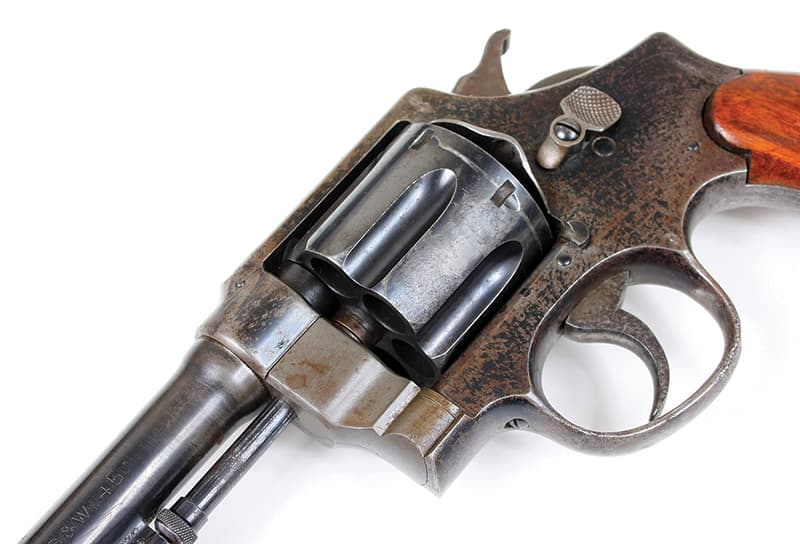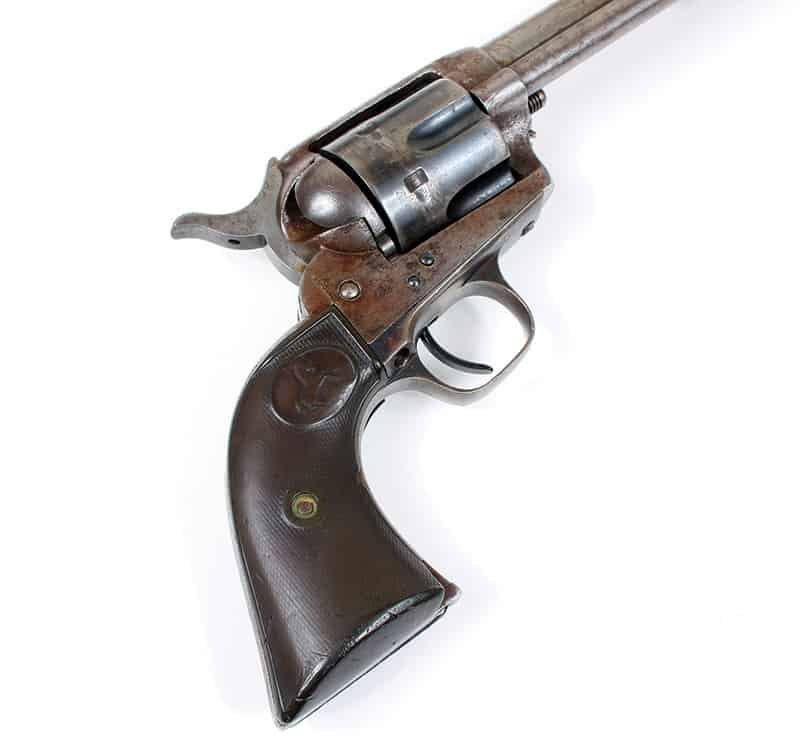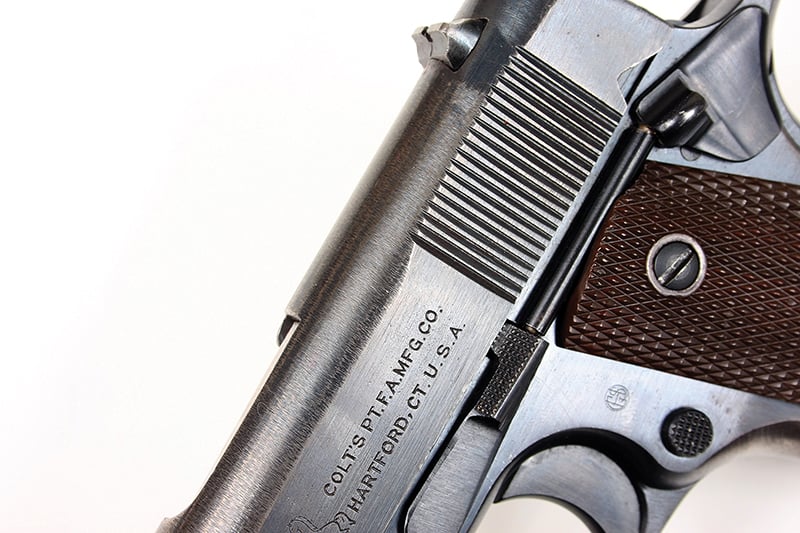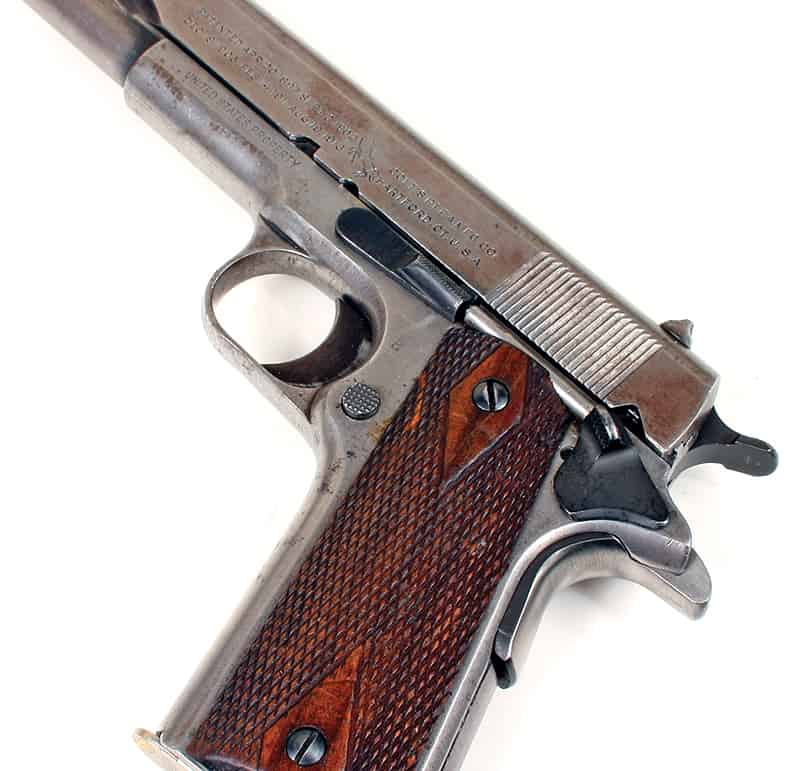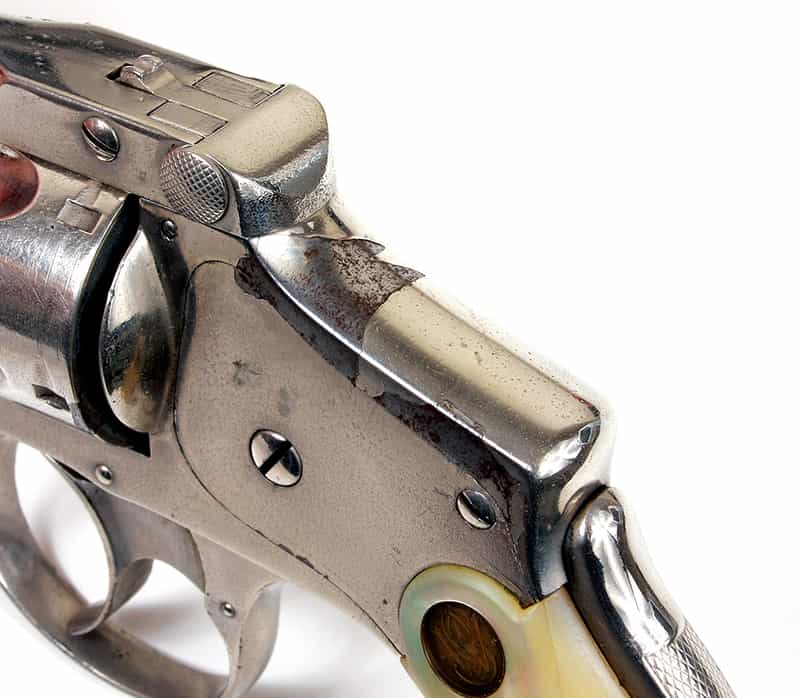If there was ever a truly EVIL fighting unit from Hell. Then these guys are a prime candidate for the title. So I can see why that anybody that went up against them, usually did NOT send any prisoners to the rear area for questioning. Grumpy
I’ve got guns with warts on them. Nicks, a bit of rust, plating flaking off, signs of bad gunsmithing in the past or just plain honest wear — warts-all. And the funny thing is I won’t change a thing on any of them, ever. Let me explain.
My brother, Ren, died unexpectedly a few years ago. We grew up around guns and hunted and shot together. He was five years younger than me, but we were always close. I was the real gun-guy and I think Ren, while owning a modest collection of often eclectic bent, mostly enjoyed them because he knew how much I did.
He’d often call me excitedly about some weird or unusual find he had located, “It’s this strange thing, I think .32 caliber, but it might be 9mm, but the old lady said her husband died and he got it in the war, and she wanted to get rid of it so I bought it for $150. It’s got some kind of funny writing on it, maybe Russian? You think I did good?” And he usually didn’t do good. But he never lost his enthusiasm and I think he hoped one day I’d say, “My god Ren, do you realize what you’ve found!?” One day he came close.
After the excited call, he came over and plopped a bag on the table. “Found this and I’ll bet you’ll like it,” he said smiling. In the brown paper bag was a “bag-o-gun” as I call them. A 1917 S&W completely apart, down to every screw and pin. “Well, cool, huh?” he said. And at the time a 1917 was hard to get and it was cool, and I told him so. It was pretty rusty, but seemed all there. “Can you put it together,” he asked excitedly?
“Better yet,” I said, “I’ll help you to put it together.” An hour or two later we had a functioning 1917 and he was proud as anything knowing I liked the gun. “You know, it’s for you,” he said, holding it out. I smiled and closed my hand on his while he held it, “No, it’s for you, because I helped you put it together. One day I’ll show you how to refinish it and we’ll make it like new. Then it’ll be our gun.” He smiled at me and I knew he liked the idea. But we never got around to it as such things all too often go, and after he died I found the 1917 among some other guns he had. The gun lives in my safe now and I think you understand why it won’t ever be restored. It still has his hands on it.
I have others. The old Colt Single Action .44-40 is a genuine “stashed under the cabin floor” gun, found in an old cabin in Arizona. Grips don’t get that worn by sitting in a drawer somewhere and I only wish it could talk. I’ll bet you do too.
If you look closely at the old blued 1911 you’ll see where someone had taken a belt sander to the top-strap sometime in its past life. The reason the gun is special is because it belonged to Suzi’s grandfather who carried it on Navy ships during WWII, then was passed on to her step-father, who carried it in Vietnam on gunboats. At one time in its life, some armorer probably ground off some rust and got the gun going again. It stays the way it is.
The other 1911 was carried by an old gentleman during WWII in the South Pacific, and saw serious action in the island-hopping campaign. “Roy, it saved my life on more than one occasion and I have to tell you, that old .45 hardball round would punch right through a Japanese helmet. I know because I did it.” I got the original holster and two 20-round boxes of military ammo dated 1944 with it when he died. I’ll never change it.
The old nickel S&W .38 break-top is a family gun of ours. My dad bought it for $10 when I was about eight, and it was a thing of mystery and beauty the entire time I was growing up. I could “look at the gun” anytime I wanted to, I just had to ask. No end of bank-robbers and bad guys met their fate in my imagination, while I held that gun carefully on my lap.
I think it fostered my desire to be a cop later on. I can still feel the snappy recoil of those .38 S&W rounds in my eight-year old hands and I can’t pick the gun up today without doing some time traveling. It has my own eight-year old hands on it still, and it’s a eerie feeling to have my now 55-year old hands meet them. I almost feel like I’m shaking hands with that gun-crazy little boy all those years ago. I only wish I could have whispered back over the decades to him in a dream to assure him his passion would turn into a lifetime of enjoyment, opportunity and adventure.
Too many people have talked to these old guns, too many friends who are now gone have shot them with me, or simply enjoyed looking at them with me over a glass of good wine to change the patina now. It would be like taking the bark off an old oak tree — and that’s equally unthinkable for me now that I live with those fine, old, wise trees on our land.
Funny how it just depends on how you look at things. Sometimes, warts can be a good thing.
